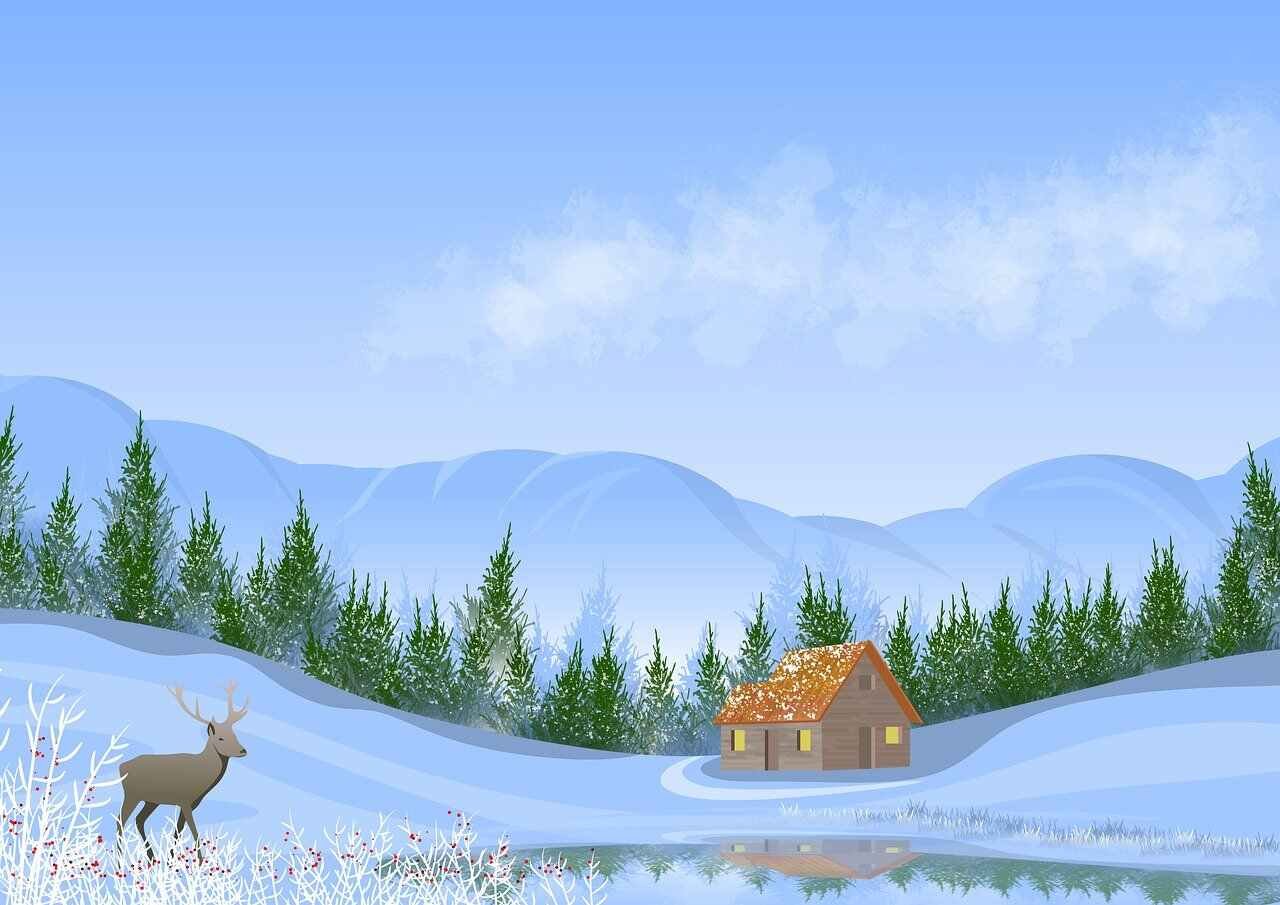As winter approaches, preparing your home with essential repairs is crucial to ensure safety, comfort, and warmth. Cold weather doesn’t just bring discomfort; it can exacerbate minor issues, leading to significant problems. Taking proactive measures now will help you maintain a secure home throughout the season.
1. Ensure Heating Systems Are Fully Functional
Your heating system is your first line of defense against winter’s chill. A malfunctioning system can be particularly difficult to repair during colder months, making early maintenance a priority.
- Schedule Inspections: Have a qualified engineer check your boiler, radiators, and thermostats to ensure they’re operating efficiently.
- Protect Pipes from Freezing: Inspect and insulate pipes to prevent freezing and bursting during temperature drops.
- Regular Maintenance Pays Off: Routine checks can save you from unexpected breakdowns, ensuring warmth and comfort throughout the season.
2. Check and Seal Doors and Windows
Drafty doors and windows are a major source of heat loss, driving up energy costs and reducing comfort. Properly securing these areas is key to a cozy winter home.
- Seal Gaps and Cracks: Apply draught excluders or weatherstripping to stop cold air from entering and heat from escaping.
- Prevent Damp and Mould: Proper sealing also reduces dampness, which can lead to mould growth. Left untreated, mould can pose serious health risks.
- Know Your Rights: If you’ve reported unresolved issues like mould to your landlord, you may be eligible for compensation. Consult with legal professionals who are housing disrepair specialists to explore your options.
3. Inspect Roofs and Gutters
A well-maintained roof and clear gutters are essential for protecting your property from winter weather.
- Repair Roof Damage: Fix loose or missing tiles to prevent rain or snow from causing dampness or structural harm.
- Clear Gutters: Remove debris to avoid blockages, which can lead to water overflow and damage to walls and foundations.
- Prepare for Winter Storms: Proactive maintenance ensures your home is safeguarded against heavy rainfall and strong winds.
4. Test Smoke and Carbon Monoxide Detectors
With increased indoor heating during winter, fire and carbon monoxide safety become critical.
- Test and Replace Batteries: Ensure all smoke alarms and carbon monoxide detectors are in working order.
- Add Extra Detectors: Consider installing additional alarms near bedrooms or kitchens for enhanced safety.
- Fire Safety First: Properly functioning detectors are vital for tenant protection in colder months.
5. Inspect and Repair Exterior Walls
Your home’s exterior walls bear the brunt of harsh winter weather. Addressing damage early can prevent costly repairs later.
- Fix Cracks and Gaps: Seal any openings to keep out cold air and moisture.
- Prevent Damp Issues: Properly sealed walls reduce the risk of damp patches and mould inside the home.
- Lower Energy Costs: Insulating walls helps maintain indoor warmth and reduces heating expenses.
6. Protect Plumbing and Prevent Frozen Pipes
Burst pipes can be one of winter’s most expensive and disruptive issues. Preventive measures can save you from unexpected headaches.
- Inspect for Leaks: Identify and fix small leaks before they escalate.
- Insulate Exposed Pipes: Use pipe insulation or heating tape to protect against freezing.
- Avoid Costly Repairs: Preparing your plumbing now can save you time, money, and stress later.
7. Improve Ventilation to Manage Damp and Humidity
Winter often brings higher indoor humidity levels, which can lead to dampness and mould if not properly managed.
- Ventilate Key Areas: Ensure good airflow in bathrooms and kitchens by using fans or opening windows.
- Use Dehumidifiers: Place dehumidifiers in areas prone to excess moisture.
- Protect Air Quality: Proper ventilation reduces mould risks and ensures a healthier indoor environment.
8. Maintain Chimneys and Fireplaces
If your property has a fireplace, ensuring it’s safe and efficient is essential for winter use.
- Hire a Professional Sweep: Clear out debris, soot, or nests that could cause blockages.
- Inspect for Damage: Check the fireplace for cracks or structural issues that may pose fire hazards.
- Ensure Safe Heating: Regular maintenance keeps your fireplace both functional and safe for use.
9. Secure Outdoor Areas and Pathways
Winter weather can make outdoor areas hazardous. Taking preventive measures improves tenant safety.
- Repair Damaged Surfaces: Fix loose paving stones, broken steps, or handrails to prevent slips and falls.
- Improve Outdoor Lighting: Ensure pathways and entrances are well-lit to increase visibility during darker months.
- Minimize Risks: Clearing debris and addressing hazards prevents accidents caused by icy or slippery conditions.
10. Stay Safe and Comfortable This Winter
Preparing your home for winter goes beyond comfort—it’s about ensuring safety and well-being. Addressing these core repairs early can prevent bigger problems and make the colder months more manageable.
If you’re experiencing unresolved property issues, contacting housing disrepair specialists can help you understand your rights and explore potential compensation. A proactive approach to winter home maintenance ensures a secure, warm, and stress-free season for tenants and homeowners alike.


